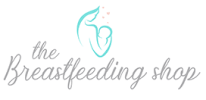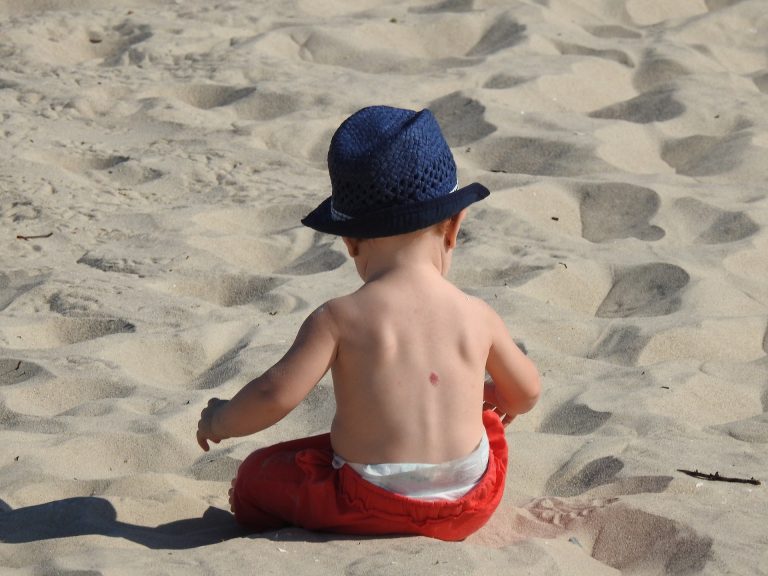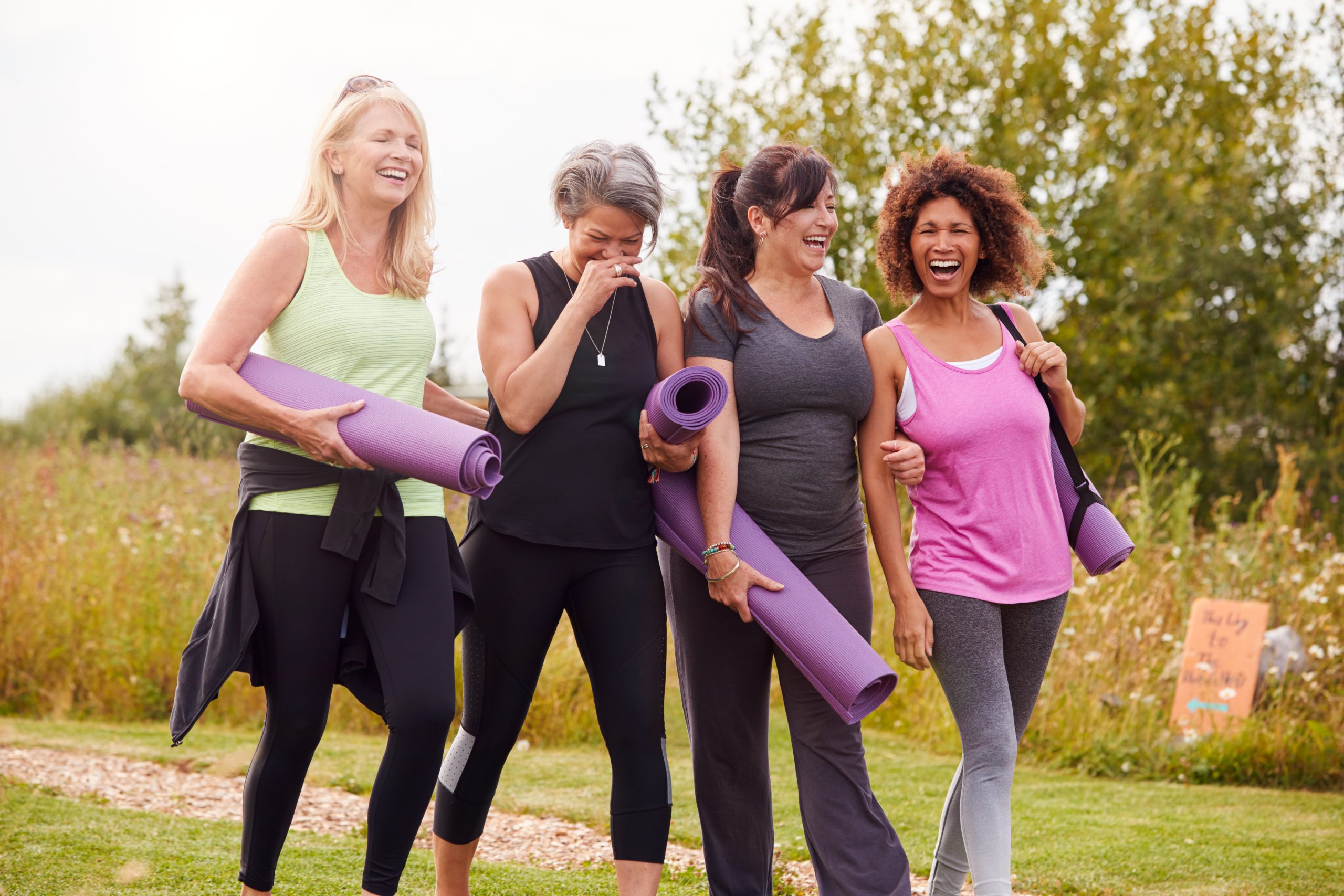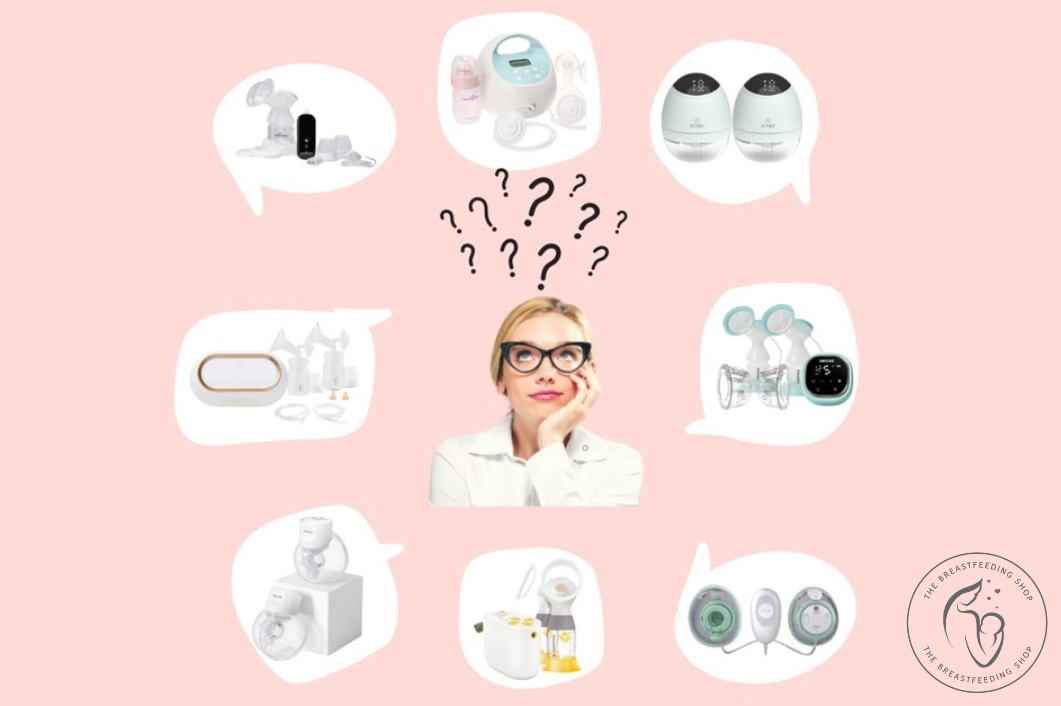After being stuck inside all winter, it’s natural to want to get out and enjoy the beautiful, sunny summer weather. If you have a newborn in-toe, it’s essential to shield your baby’s sensitive skin from the sun — especially during the first six months. Here at The Breastfeeding Shop, we know that parents naturally want to protect their child from potential harm, like sickness or choking hazards. It’s important to note that if your baby is developing a tan or sunburn, your child may be in harm’s way. Studies show that too much sun exposure during childhood can lead to skin cancer and melanoma. So, we’ve put together some helpful tips for keeping your baby safe in summer and in the sun.
During the First Six Months
You may be wondering how to protect your baby in the sun. A young child’s skin is too sensitive to rely on sunscreen, so keeping them entirely out of the sun is the safest bet. You should shade your baby from the sun, especially during the peak hours between 10 a.m. and 4 p.m. Note that the sun can reflect off of cement, water, snow, and sand.
In addition to walking on the shady side of the street with your stroller’s canopy up, you’ll also want to make sure your child is fully covered—even on cloudy days. That means that every time you go out, your baby should be wearing a brimmed hat and UV-filter sunglasses as well as long pants and shirt sleeves that are lightweight and light-colored. Additionally, clothes with a tight weave provide better protection than clothing that is woven loosely. Cotton clothing is both cool and protective. You could also purchase UV-protective clothing or swimwear.
Being in a car seat in the back of your vehicle might not be as safe for your baby as you think. While the front windshield is protective against UV rays, the side and back windows aren’t. Therefore, you may want to purchase a UV shield that you can place over the window next to your baby. Also, you can cool your vehicle down before bringing your baby out. This (along with keeping your infant hydrated) can help lessen the chances of heatstroke. Now you know some of the best tips for keeping your baby safe in summer.
Starting at Six Months and Up
At this point, you can start introducing your infant to the wonderful world of sunscreen. Use a broad-spectrum, water-resistant sunscreen that is at least SPF 15 and has a four or five-star rating. Before going out, you can just try a little bit of sunscreen on your baby’s wrist to see if it causes any skin irritation. Pay attention to the sunscreen’s active ingredients. Zinc oxide and titanium dioxide are usually good signs. Generally, they don’t irritate the skin, and they aren’t dependent on the absorption of chemicals. If your child does have a skin sensitivity or allergic reaction, there are hypoallergenic products you can get. You’ll want to replace your sunscreen every so often because the active ingredients lose their potency after a while.
After the sunscreen trial run, continue to cover your child with protective clothing when you go outside. If any parts of the skin are exposed to the sun, rub in a dollop of sunscreen 15 to 30 minutes before heading out. Some commonly uncovered areas include the face, neck, ears, and backs of hands. Be careful when you’re doing the area around the eyes. You’ll need to reapply about every two hours. It may need to be more frequent if your baby is sweating, or you take your child into the pool. No sunscreen is completely waterproof. Also, note that some medications increase skin sensitivity. Check with your doctor about the side effects of your child’s medications.
Keeping Your Toddler Protected from the Sun
Many toddlers enjoy running all over the place. Thus, it may be challenging to get your toddler to stay still long enough to cover him or her in sunscreen thoroughly. A sunscreen stick makes it quick and easy to cover the face, neck, arms, and hands. A kids’ spray sunscreen can take a little longer to distribute evenly across the skin. Instead of spraying your child directly in the face, it can help to spray your hands and then rub the sunscreen onto your child. Sun protection for toddlers is essential. Continue to avoid the sun during the late morning and the afternoon, and you should keep your child covered in lightweight clothing. Clothes that are marked with an ultraviolet protection factor of 30 only allow a 30th of the sun’s UV rays to your child’s skin.
If your child does get sunburn despite your best efforts, there are a few things you can do to help dissipate the symptoms. Get a cloth, soak it in cool water, wring it out, and gently place it on the child’s burnt skin for 10 to 15 minutes several times throughout the day. You can also give your child a tepid bath, skin moisturizer, a painkiller, and extra breastfeeding or drinks. If your child is still under the age of one, call your doctor right away. If your child is older, but the sunburn is severe and blistering—call your kid’s doctor, who may prescribe a soothing cream.
Putting UV Protection in the Hands of Other Adults
As your child gets a little older and spends time at preschool or the home of a friend or family member, you may be nervous about their continued protection from the sun. It will be okay. Just speak to your child’s other caregivers about the importance of their sun protection. Moreover, give them a diaper bag with everything they’ll need for keeping your baby safe in the summer. That includes sunscreen, sunglasses, lightweight clothes, and a brimmed hat.
Note that a baseball hat won’t do the trick. Your child needs a broad-brimmed hat that covers the entire face, the ears, and the back of the neck. You can also cover your kid with SPF 30 before they leave the house and tell them why you’re using these methods of sun protection. You want your child to continue with these good habits as they get older and start to make decisions for themselves.
We hope that these baby safety tips for the sun are helpful. Stay safe out there!




